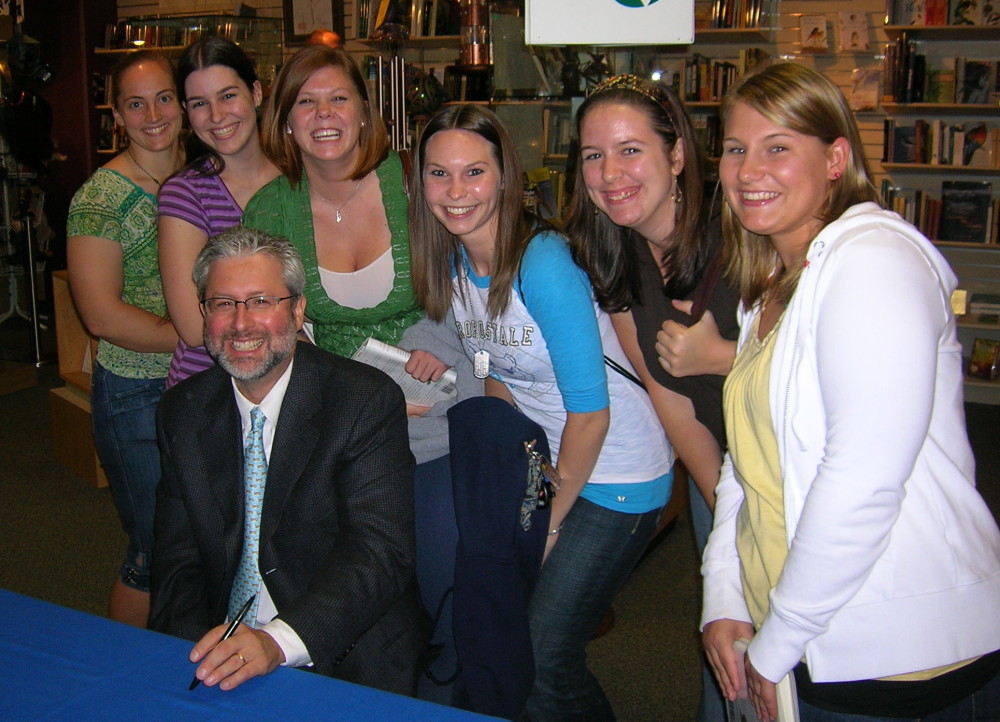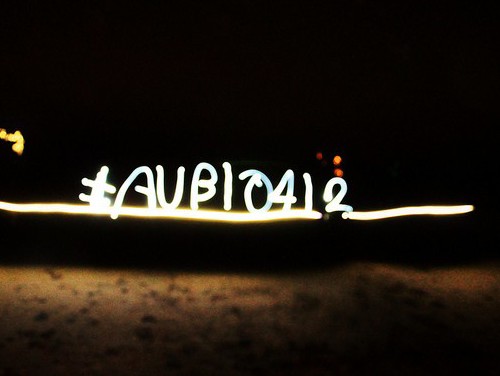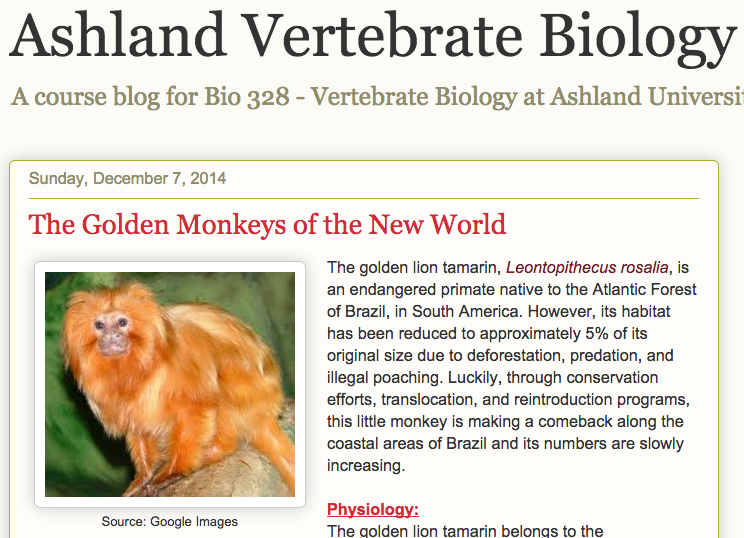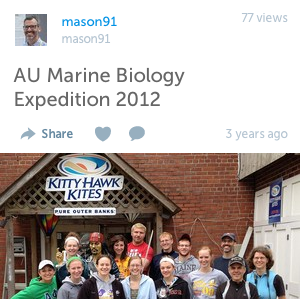A sample of my courses
- Bio 100 – Human Biology (for non-science majors)
- Bio 201 – Cellular and Molecular Basis of Life
- Bio 202 – Organisms, Adaptations and Diversity
- Bio 301 – Professional Preparation
- Bio 305 – Evolution
- Bio 325/326 – Human Anatomy and Physiology
- Bio 328 – Vertebrate Biology
- Bio 412 – Marine Biology
In 2013 I started teaching an all-online asynchronous version of our non-science majors Bio 100 Human Biology course. You can watch a sample module introduction to the right.
Engaging students beyond the classroom
I have been a big fan of using Piazza for extending discussion outside the face-to-face classroom and as my sole discussion board for online classes

An evening with Neil Shubin
My Vertebrate Biology students meeting prominent paleontologist Neil Shubin after his lecture at the Cleveland Museum of Natural History. You can see some other course activities to the right.

Our class hashtag for Marine Biology
As light-written by students on the beach near Oregon Inlet, NC. You can also look for #aubioverts, our Vertebrate Biology twitter feed.

Course blogging
I incorporate blogging assignments in many of my classes so students can share information and develop their written communication skills. This post was part of a species description final project.

